Access IBEC scientific production portal (IBEC CRIS), for more detailed information and advanced search features.
Find here the list of all IBEC's publications by year.
by Keyword: id2
 Rätze, MAK, Koorman, T, Sijnesael, T, Bassey-Archibong, B, van de Ven, R, Enserink, L, Visser, D, Jaksani, S, Viciano, I, Bakker, ERM, Richard, F, Tutt, A, O'Leary, L, Fitzpatrick, A, Roca-Cusachs, P, van Diest, PJ, Desmedt, C, Daniel, JM, Isacke, CM, Derksen, PWB, (2022). Loss of E-cadherin leads to Id2-dependent inhibition of cell cycle progression in metastatic lobular breast cancer Oncogene 41, 2932-2944
Rätze, MAK, Koorman, T, Sijnesael, T, Bassey-Archibong, B, van de Ven, R, Enserink, L, Visser, D, Jaksani, S, Viciano, I, Bakker, ERM, Richard, F, Tutt, A, O'Leary, L, Fitzpatrick, A, Roca-Cusachs, P, van Diest, PJ, Desmedt, C, Daniel, JM, Isacke, CM, Derksen, PWB, (2022). Loss of E-cadherin leads to Id2-dependent inhibition of cell cycle progression in metastatic lobular breast cancer Oncogene 41, 2932-2944 
Invasive lobular breast carcinoma (ILC) is characterized by proliferative indolence and long-term latency relapses. This study aimed to identify how disseminating ILC cells control the balance between quiescence and cell cycle re-entry. In the absence of anchorage, ILC cells undergo a sustained cell cycle arrest in G0/G1 while maintaining viability. From the genes that are upregulated in anchorage independent ILC cells, we selected Inhibitor of DNA binding 2 (Id2), a mediator of cell cycle progression. Using loss-of-function experiments, we demonstrate that Id2 is essential for anchorage independent survival (anoikis resistance) in vitro and lung colonization in mice. Importantly, we find that under anchorage independent conditions, E-cadherin loss promotes expression of Id2 in multiple mouse and (organotypic) human models of ILC, an event that is caused by a direct p120-catenin/Kaiso-dependent transcriptional de-repression of the canonical Kaiso binding sequence TCCTGCNA. Conversely, stable inducible restoration of E-cadherin expression in the ILC cell line SUM44PE inhibits Id2 expression and anoikis resistance. We show evidence that Id2 accumulates in the cytosol, where it induces a sustained and CDK4/6-dependent G0/G1 cell cycle arrest through interaction with hypo-phosphorylated Rb. Finally, we find that Id2 is indeed enriched in ILC when compared to other breast cancers, and confirm cytosolic Id2 protein expression in primary ILC samples. In sum, we have linked mutational inactivation of E-cadherin to direct inhibition of cell cycle progression. Our work indicates that loss of E-cadherin and subsequent expression of Id2 drive indolence and dissemination of ILC. As such, E-cadherin and Id2 are promising candidates to stratify low and intermediate grade invasive breast cancers for the use of clinical cell cycle intervention drugs.
JTD Keywords: anoikis resistance, carcinoma, d1, differentiation, gene-expression, growth, id2, proliferation, repression, Mammary epithelial-cells
![]() Rätze, MAK, Koorman, T, Sijnesael, T, Bassey-Archibong, B, van de Ven, R, Enserink, L, Visser, D, Jaksani, S, Viciano, I, Bakker, ERM, Richard, F, Tutt, A, O'Leary, L, Fitzpatrick, A, Roca-Cusachs, P, van Diest, PJ, Desmedt, C, Daniel, JM, Isacke, CM, Derksen, PWB, (2022). Loss of E-cadherin leads to Id2-dependent inhibition of cell cycle progression in metastatic lobular breast cancer Oncogene 41, 2932-2944
Rätze, MAK, Koorman, T, Sijnesael, T, Bassey-Archibong, B, van de Ven, R, Enserink, L, Visser, D, Jaksani, S, Viciano, I, Bakker, ERM, Richard, F, Tutt, A, O'Leary, L, Fitzpatrick, A, Roca-Cusachs, P, van Diest, PJ, Desmedt, C, Daniel, JM, Isacke, CM, Derksen, PWB, (2022). Loss of E-cadherin leads to Id2-dependent inhibition of cell cycle progression in metastatic lobular breast cancer Oncogene 41, 2932-2944 ![]()

